Computers based on memristors promise significant energy savings and improved accuracy in large-scale computing.
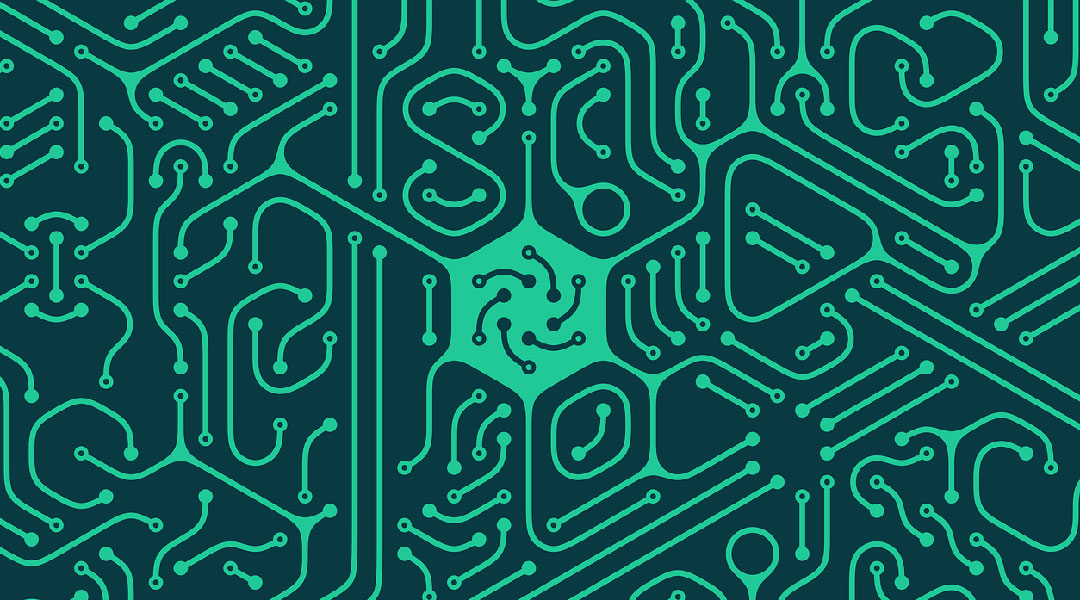

Computers based on memristors promise significant energy savings and improved accuracy in large-scale computing.
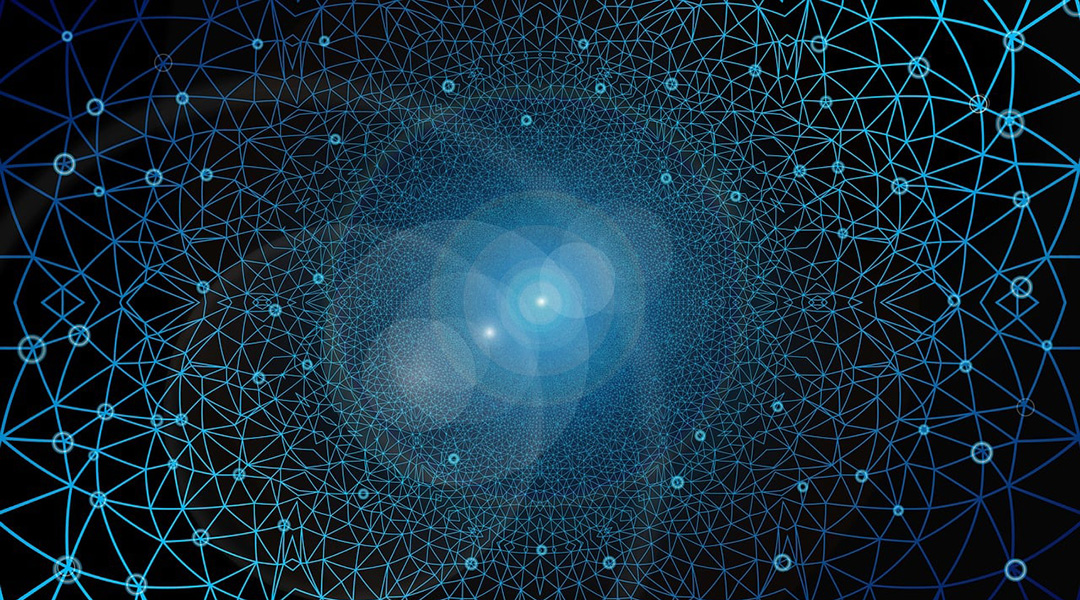
A light-matter hybrid material on attosecond scales showcases enhanced conductivity with potential applications in solar cells and high-power electronics.
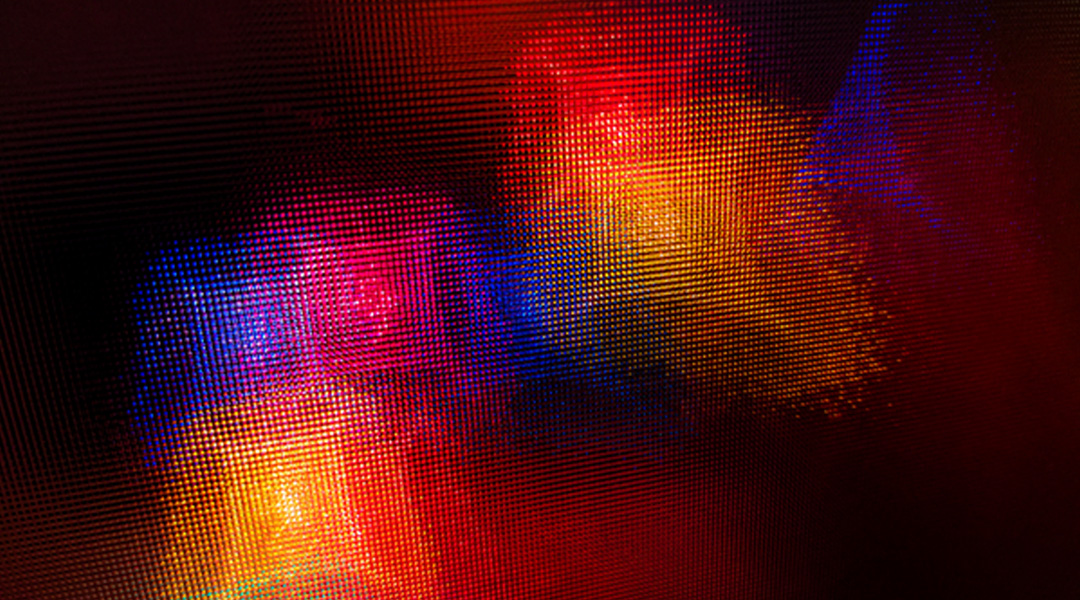
The math of multi-particle entangled systems is fiendishly complex, but researchers have made a step forward.
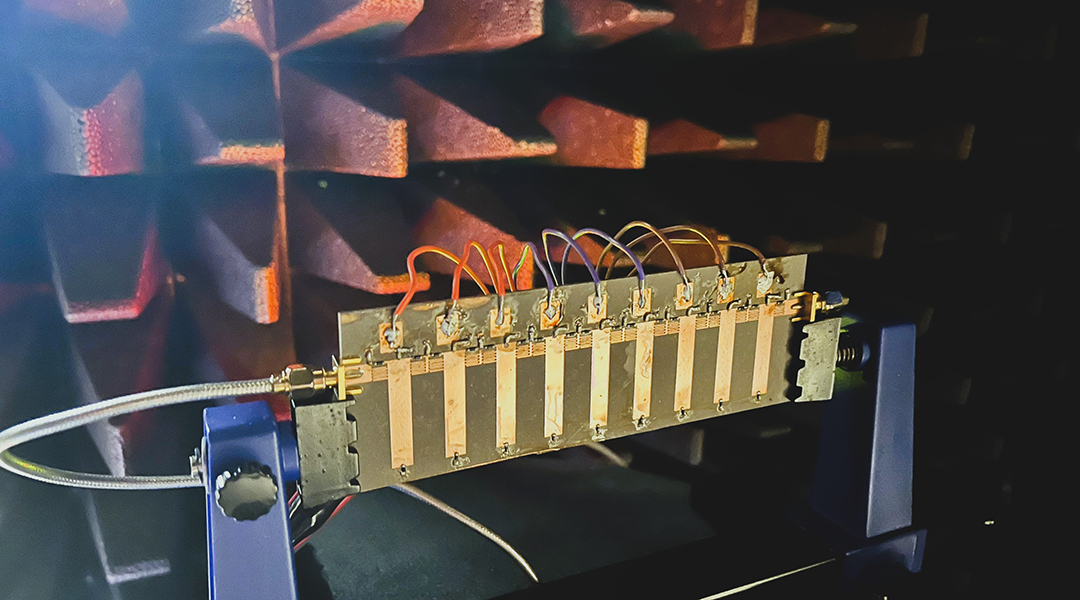
A cutting-edge security system for IoT devices uses physical layer security to make personal data significantly more difficult to hack.

From holographic sound waves to nanobelt haystacks, this gallery gives a renewed appreciation for scientific exploration.
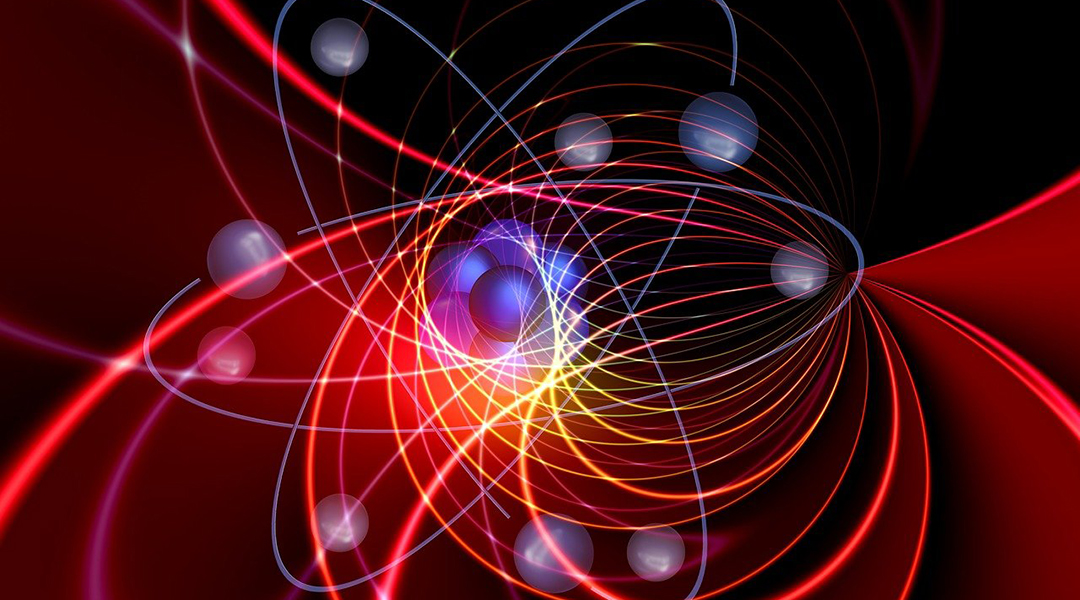
A new technique can detect the X-ray signature of an individual atom, even determining the structure of its electron orbits.
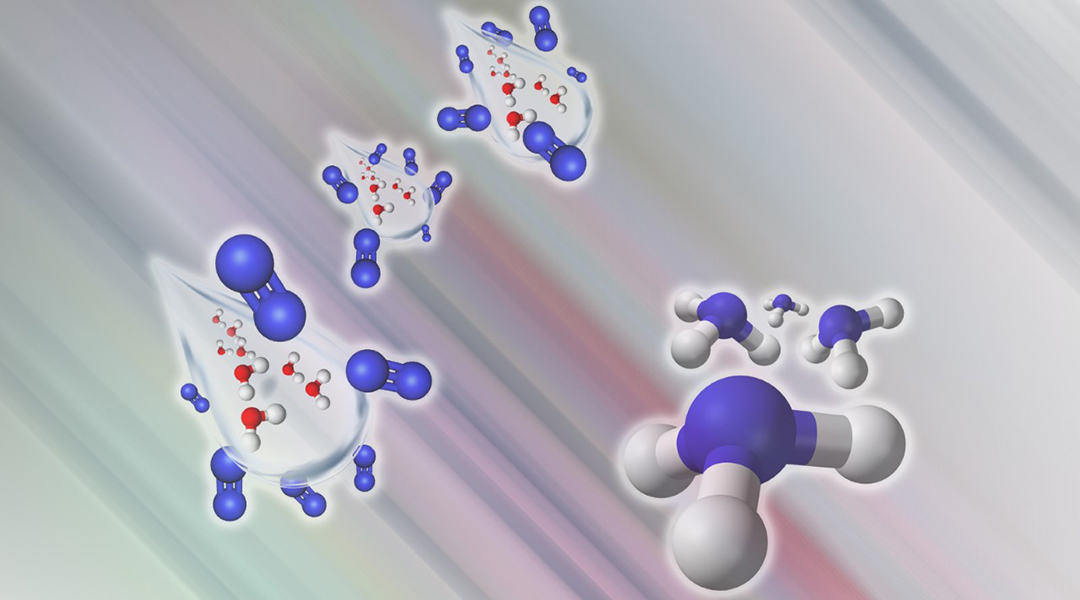
A one-step synthesis of ammonia without thermal, electrical, or solar input could help replace energy-intensive Haber Bosch.

Astronomers have observed neutron stars that emit more energy than is theoretically possible, and now an explanation might be in the works.
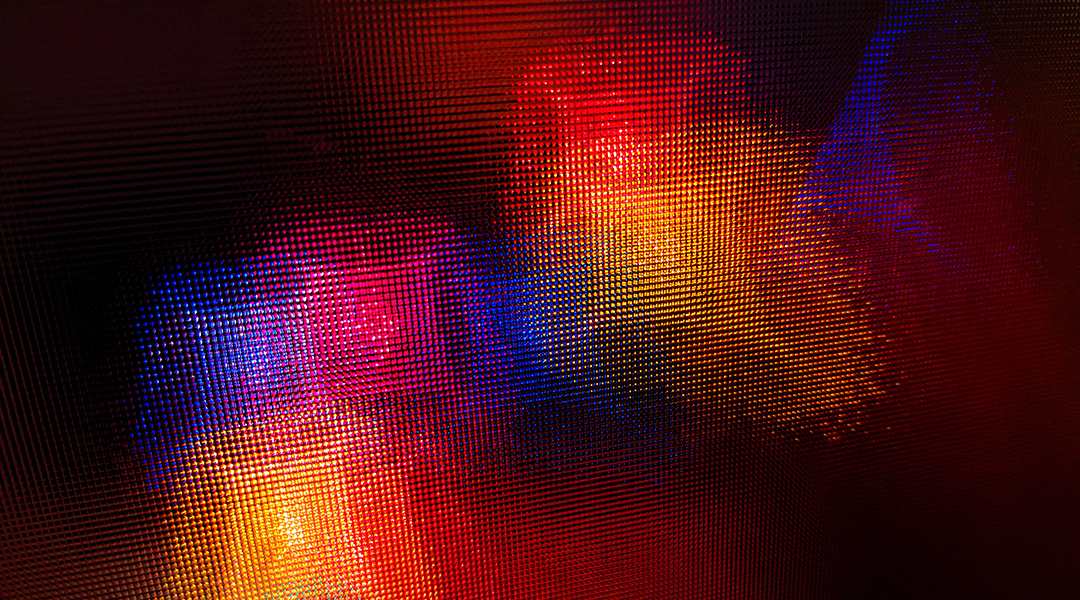
A new study proposes a technique to print images on a special surface such that they can only be seen by authorized recipients.
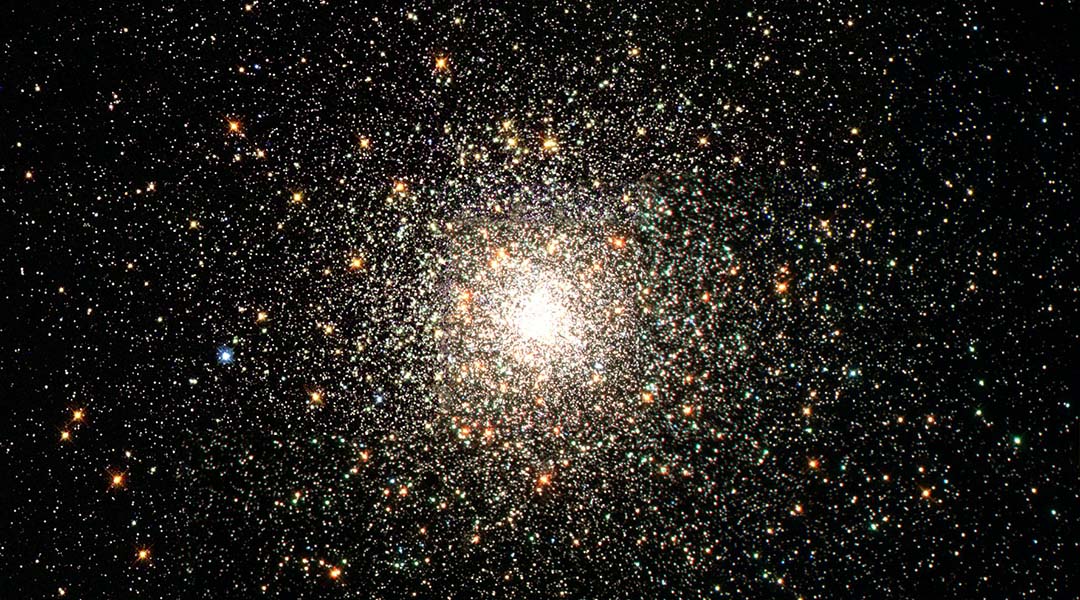
A new study evaluates gravity using string theory, a promising candidate for describing particle interactions at their most fundamental level.